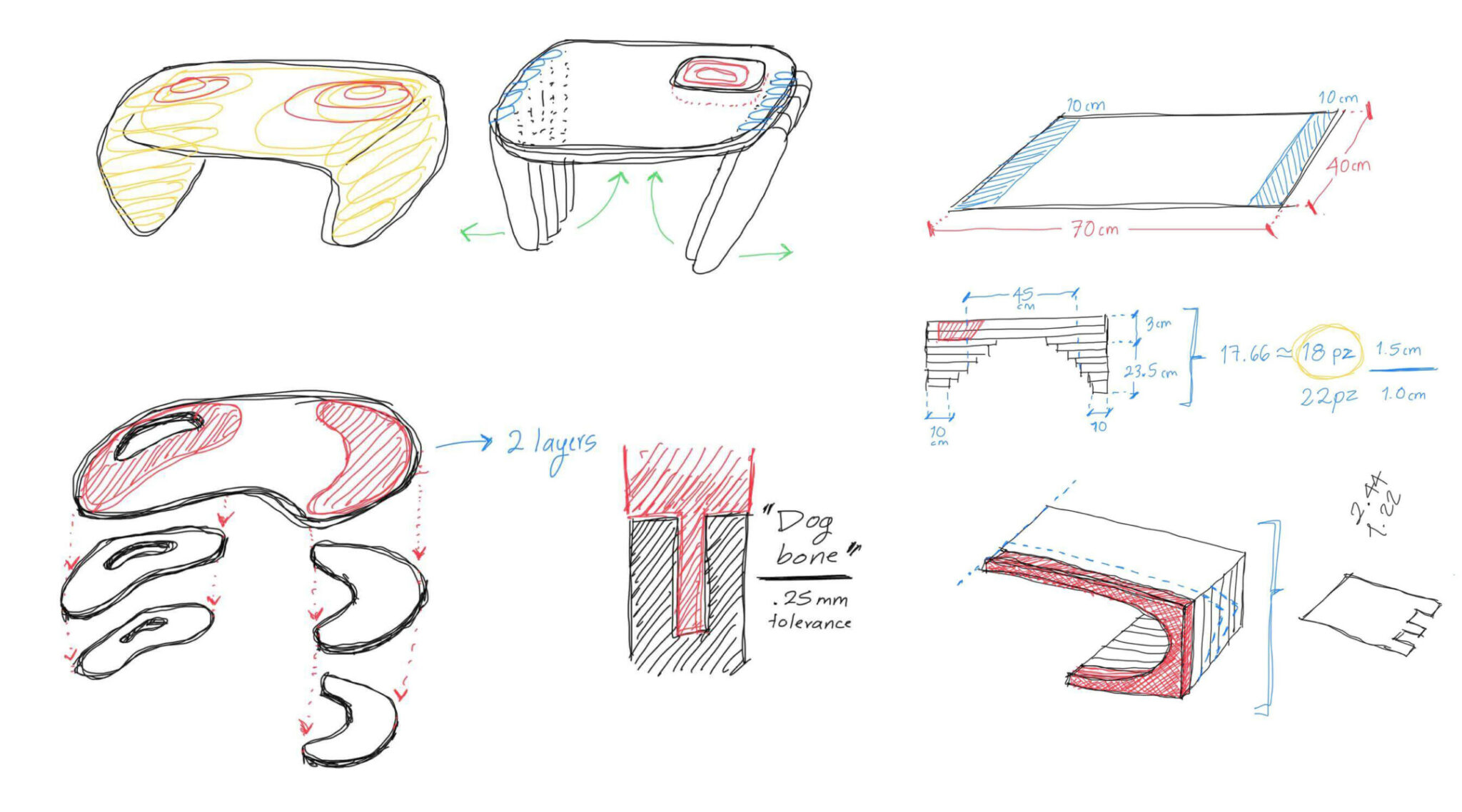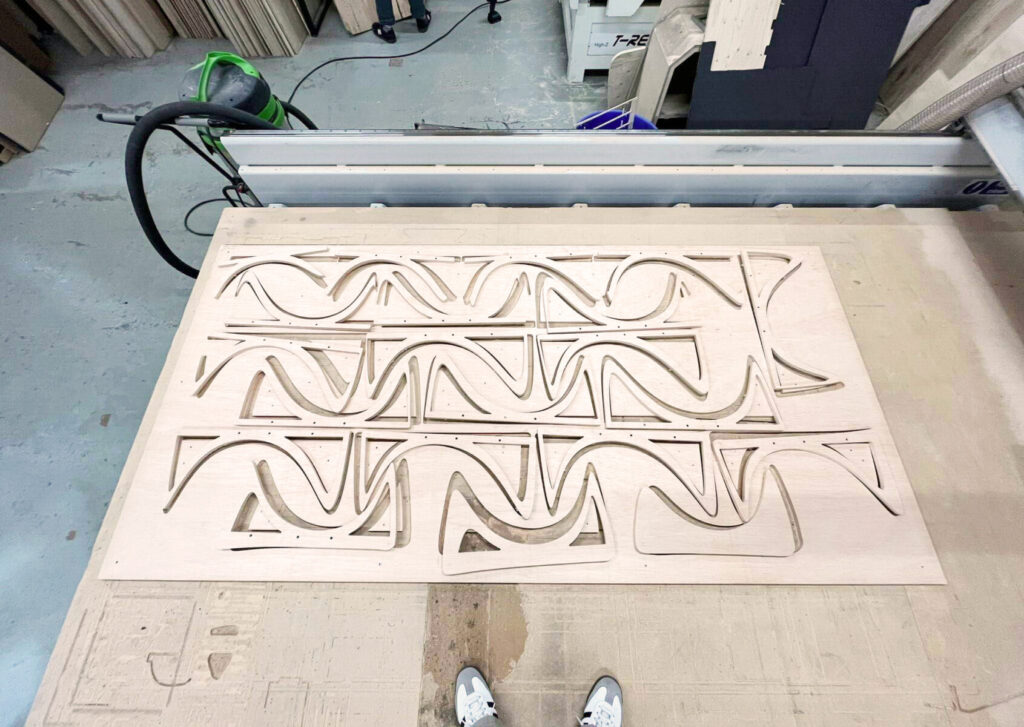
From CNC to Seamless Interaction: Designing with ‘Alive Wood’ at Fab Academy
Introducing Fab Academy alumn Andrea Rubio, from Fab Lab Barcelona, who transformed a passion for making into a project that bridges craftsmanship, interactivity, and digital fabrication.
When digital fabrication meets intuitive design
Introducing Fab Academy alumn Andrea Rubio, from Fab Lab Barcelona, who transformed a passion for making into a project that bridges craftsmanship, interactivity, and digital fabrication. In this interview, she tells us about her final project Alive Wood – a piece of smart furniture that uses touch to light up, giving wood an entirely new sensorial life.
1. What is your background and what brought you to Fab Academy?
I come from a background that blends creative design and a love for hands-on work. I joined Fab Academy to deepen my skills in digital fabrication and explore how to bring interactivity into everyday objects. I was especially curious about how electronics could be embedded into materials we often see as ‘static’, like wood.
2. What is your final project about?
My final project is called Alive Wood. It’s a piece of sensible furniture that lights up when you touch it. I embedded an LED lighting circuit that responds to human interaction — when someone touches the surface of the wood, the system receives a signal and changes the colour of the lights. It creates a soft, ambient effect that makes the furniture feel ‘alive’, reacting to the presence of the user.
3. What tools and techniques did you use to build it?
A lot of CNC milling! Both for shaping the wooden structure and for preparing the housings for the electronics. I also used 3D printing to make custom encasements that protect the circuits and help integrate them into the body of the furniture. There was a lot of electronics production as well — soldering, wiring, testing. Every part had to be thought through to make the technology feel as invisible as possible.
4. What was the most challenging part of the process?
The pace of Fab Academy! It’s super intense. Every week brings a new topic, a new challenge. You have to think fast, design fast, prototype even faster. But it’s also what makes the experience so valuable. You become more agile, more confident. Each week builds on the last, and suddenly you realise you’ve made something that works and is entirely yours.



5. How did the Fab Lab Barcelona team support your process?
The instructors and peers here are incredible. It’s a very collaborative environment, full of people who are ready to jump in, give feedback, or help troubleshoot. Having access to so many machines and materials, and being surrounded by people who are also building ambitious projects, gives you the confidence to keep pushing.
6. What does Alive Wood mean to you personally?
It’s the beginning of something. A prototype, yes, but also a statement. I see Alive Wood as the first in a possible series of furniture pieces that combine seamless electronics with natural materials. I wanted to prove that interactivity doesn’t need to be flashy — it can be subtle, elegant, almost invisible. Just like the technology behind it.
7. Who would you recommend Fab Academy to?
To anyone who wants to turn ideas into real, working prototypes. Fab Academy gives you the tools, the time, and the community to go deep into digital fabrication, but also to imagine what’s possible when disciplines blend together. It’s ideal for designers, engineers, makers — really, anyone curious about shaping the future with their hands.
“I think Fab Academy teaches you to design fast, prototype fast, and get better with each round. It’s intense, but incredibly rewarding.”